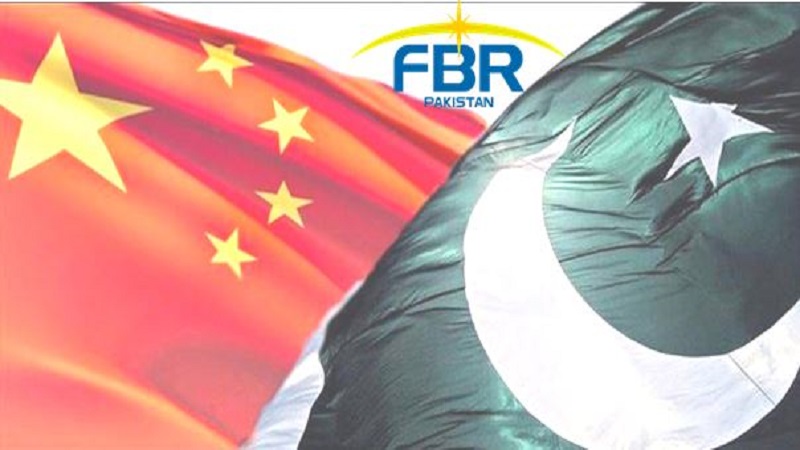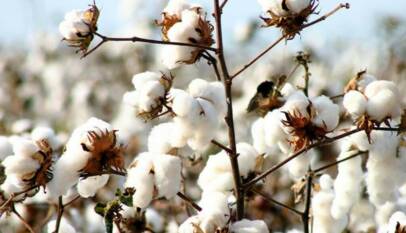Federal Board of Revenue introduces new Statutory Regulatory Orders (SRO) for China-Pakistan FTA-II
Federal Board of Revenue (FBR) has released the Statutory Regulatory Orders (SRO) to facilitate the implementation of China-Pakistan Free Trade Agreement phase-II. FBR said in a press release that it has exchanged the offer list and formed an SRO. FBR designed SRO in consultation with the commerce ministry. The press releases states that SRO 2019 for the CPFTA-II would substitute the SRO 2007. The offer list or the Tariff Elimination Schedule issued by FBR has categorized the products under the A0, A7, A15, MOP1, MOP2, C1 and C2 groups. Figures suggest that CPFTA-II will hike the Pakistan's export to China by $4-6 billion in the upcoming five years.
ISLAMABAD: The Federal Board of Revenue (FBR) on Wednesday issued the Statutory Regulatory Orders (SRO) to implement the protocol agreed between China and Pakistan for the second phase of the Free Trade Agreement (FTA).
A statement released by the board said that in order to implement the agreed protocol it has “transposed the offer list and developed a SRO”. It also said that the SRO was developed in consultation with commerce ministry.
FBR has said that the China Pakistan FTA’s Phase-II will come into effect through SRO1640(I)/2019 from January 1 (today) and will replace the old SRO 659(I)/2007 which was passed in June 2007.
“The Tariff Elimination Schedule/ Offer List of Pakistan shared by Ministry is divided under the categories A0, A7, A15, MOP1, MOP2, C1 and C2. The Customs Duties in 3251 Tariff Lines in the A0 category will be eliminated entirely and such goods shall be free of customs duty from 01.01.2020. In the category A07 the duty structure will be tapered towards elimination from Year 2 to year 7 and in Category A15 the duty structure will be tapered towards elimination from Year 4 to year 15. In the Margin of Preference (MOP) there are two categories, in MOP1 the Customs Duties shall be reduced by 20% of the base rate on the date this protocol enters into force and in MOP2 the duty structure will be reduced 20% from the base rate in two years’ time. The Customs Duties on originating goods provided for in category C1 shall remain at base rates and in category C2 shall not be subject to any concession,” said the statement.
Pakistan and China inked the FTA-II in Beijing on April 28, 2019 and under the new FTA Pakistan has secured enhanced and deeper concessions on products of its export interests, revision of safeguards mechanism for protection of the domestic industry, inclusion of the balance of payment clause as a safety valve against balance of payments difficulties, and effective enforcement of the electronic data exchange.
The second phase of the FTA will give Pakistan an opportunity to increase its exports to China by $4-6 billion in the next five years.
The prominent salient feature of the FTA is the safe guard measures under which Pakistan will be able to restrict the import from China if it deems that its industry is going to injure with the import of that particular items.
SGMs can be applied for three years, and can be extended to an additional two years. This has not been granted to any other country by China.
Pak-China think-tanks unite to counter misperceptions, deepen strategic cooperation
ISLAMABAD: The leading think-tanks of Pakistan and China have agreed that both countries m…












